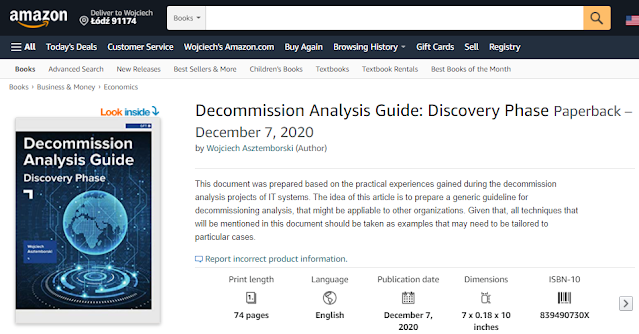Data Drifting Monitor in Azure

In order to capture suspicious data from external sources, we usually define a set of rules, that explicitly examine upcoming data and validate the data against those rules. What happens if the data still looks good and stays within defined frames and schemas, but something is smelly? Classic approach Let's consider the case of a company that tracks the estate market changes. If the volume of the data that comes from an external data provider rumps down, or values break their banks, then it is easy to capture that breach by introducing validation rules. For example, If a price of an estate is bigger than 100M$ or lower than zero, then such input data (like a file) should be rejected or fixed, before processing. The business users maybe not be happy with some delay, but still ... it's better to be safe than sorry. Now let's consider a case when the average price of your property drifts during the time. If one week an average price of a property equals 100k$ and the next week...


